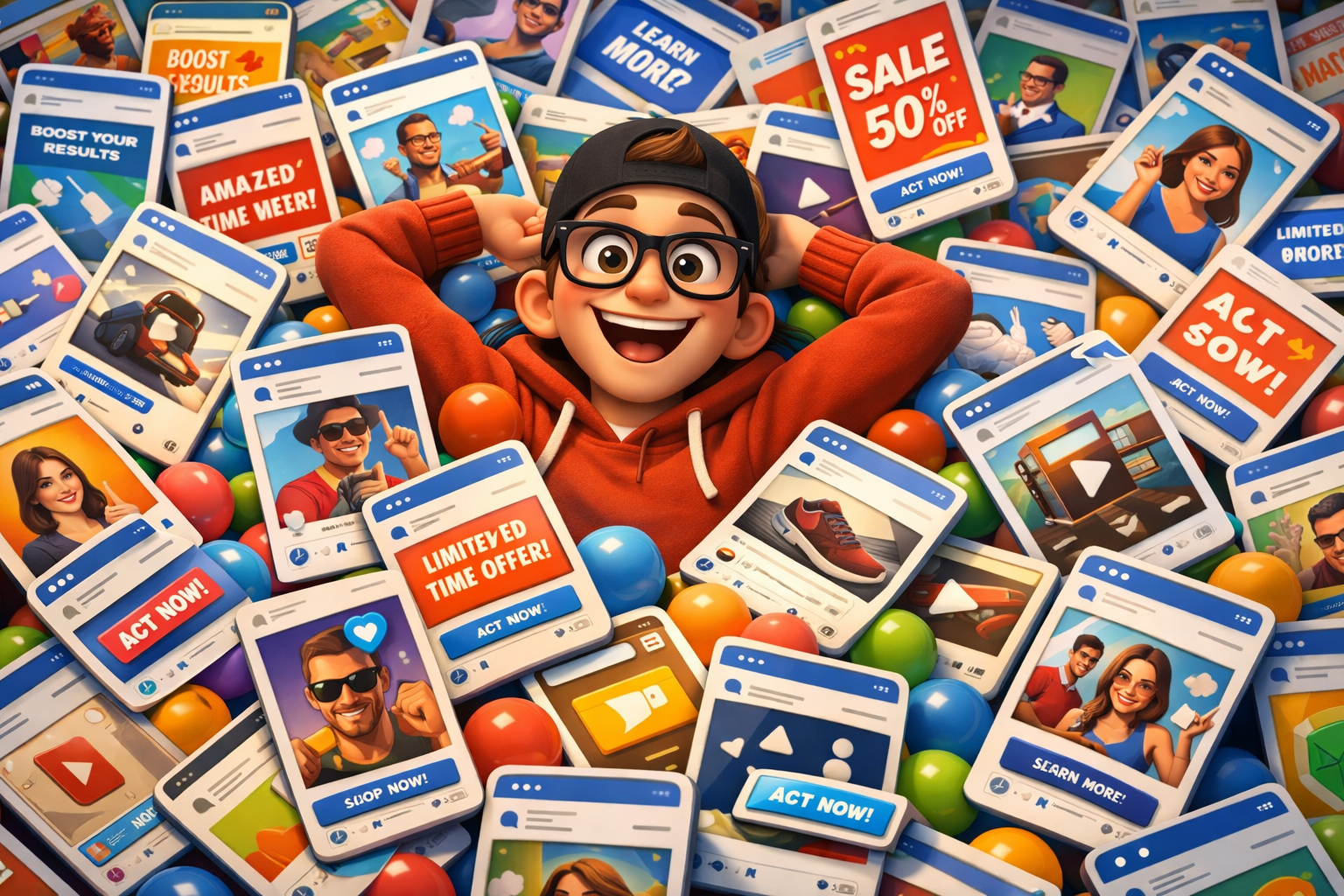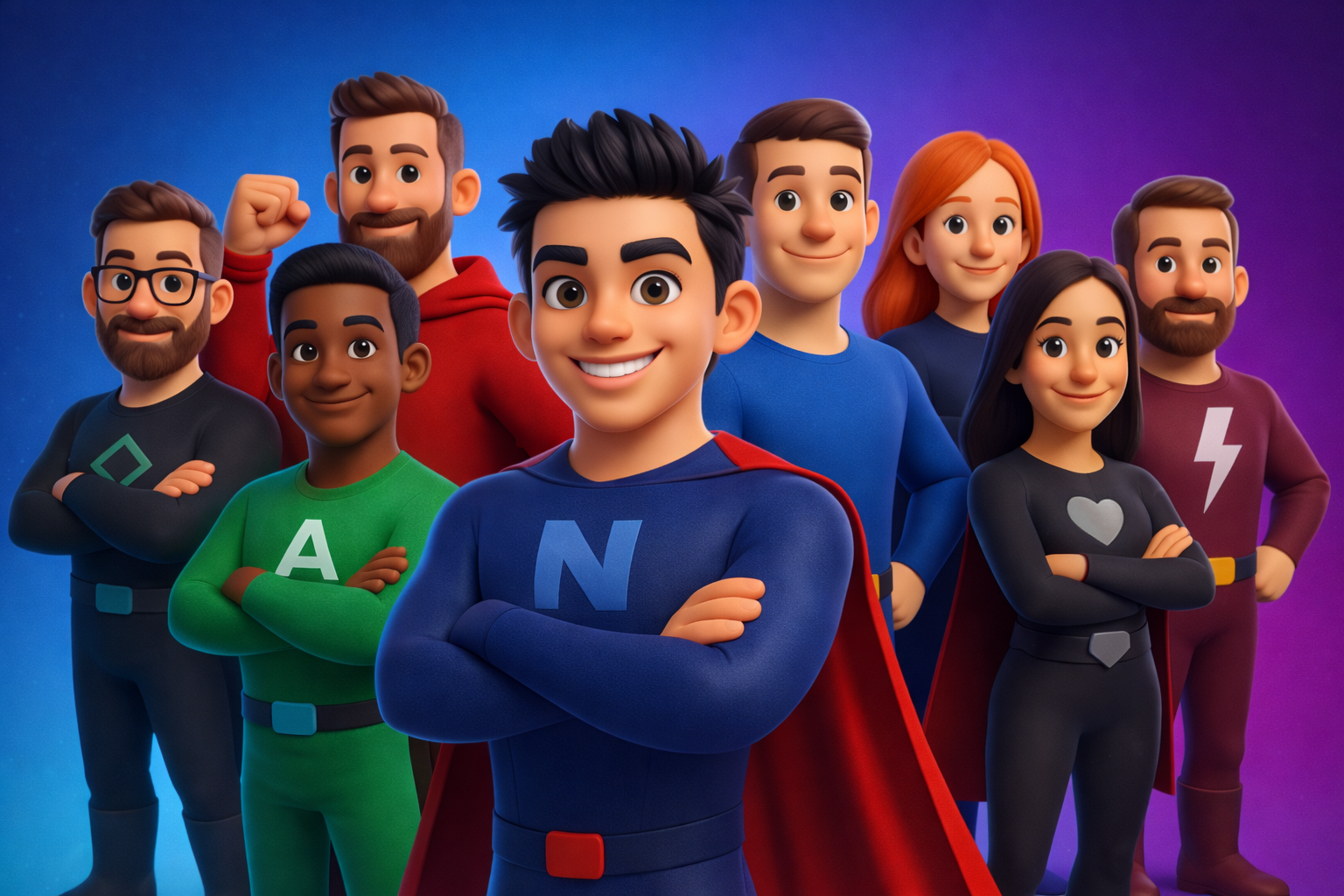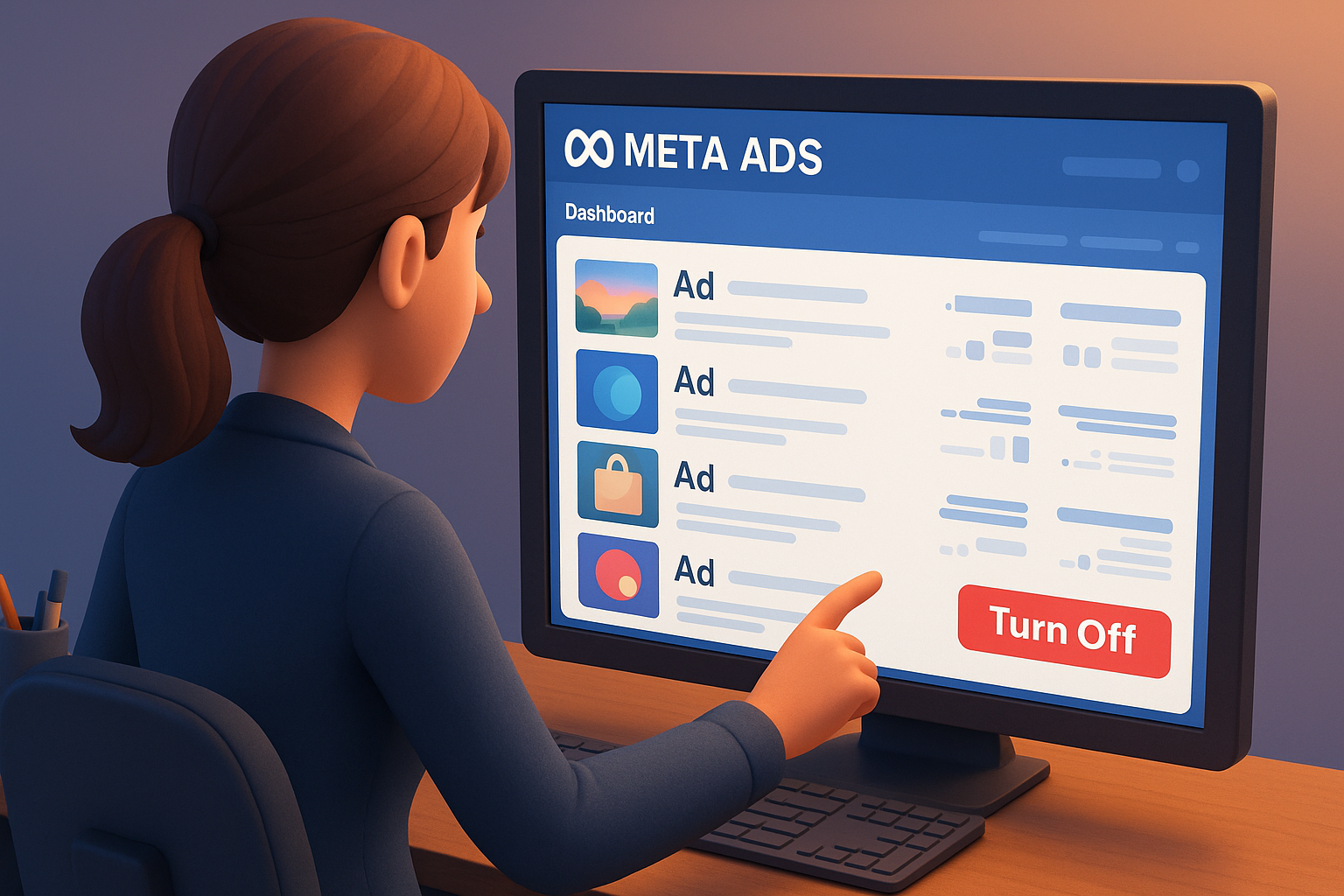The Psychology of Tiered Pricing: The Decoy Effect Explained
The Decoy Effect: How Tiered Pricing Makes Customers Choose the Option You Want
Picture this: You’re standing in line at Starbucks. You glance up at the board:
- Small Coffee – $3.50
- Medium Coffee – $4.75
- Large Coffee – $5.00
Without thinking too hard, you say: “I’ll take the large.”
Why? Because compared to the medium, it feels irrational not to. For just 25c more, you’re getting nearly double the value. That’s the decoy effect in action. One of the most powerful pricing strategies in behavioral economics.
Why the Medium Exists (and It’s Not to Be Sold)
The medium isn’t really there to sell. It’s a decoy, a deliberately unattractive option designed to make the large look like a no-brainer.
- If the board only showed Small: $3.50 and Large: $5.00, you’d hesitate. Many would “play safe” and stick with small.
- Add in the decoy medium at $4.75, and suddenly large feels like a steal.
This works because humans rarely judge price in isolation. We judge it relatively by comparing one option to the next.
How Smart Businesses Use the Decoy Effect
You’ll find this tactic everywhere once you start looking:
- Popcorn at the movies – Small $4.50, Medium $6.50, Large $7.00. Most people “trade up” to large.
- SaaS Pricing Plans – Basic $29, Pro $79, Enterprise $99. The Pro plan isn’t meant to sell. It exists to push buyers toward Enterprise.
- Airlines – Economy, Economy Plus (decoy), Business. That “Economy Plus” is the nudge that makes Business look worth the jump.
Why This Works: The Psychology
David Ogilvy once said: “Consumers don’t think how they feel. They don’t say what they think. They do what they feel.”
The decoy effect works because it taps into three psychological biases:
- Loss Aversion – No one wants to feel they’re “losing out” by paying nearly the same for less.
- Anchoring – The medium price anchors perception of value, making the large seem cheap by comparison.
- Cognitive Ease – It simplifies the decision. Large becomes the “obvious” choice, sparing the brain from hard math.
How to Apply It in Your Business
- Always design your middle option as the decoy. It should be close enough in price to the premium option that the premium feels like the smarter deal.
- Don’t aim for “fair”, aim for “contrast.” The decoy only works if it creates a clear psychological winner.
- Test aggressively. The sweet spot often comes from small adjustments ($1 here, 10% there).
When done right, tiered pricing doesn’t just offer choice, it guides choice. And in a world where margins matter, steering customers toward your highest-value option is one of the smartest marketing moves you can make.
Clever pricing isn’t accounting. It’s psychology.
Book A Session With A Sydney-Based Digital Growth Expert.
I work with a limited number of clients to keep quality high and focus sharp. If you’re ready to grow and want to see if we’re the right fit, fill out the form and let’s start the conversation.



